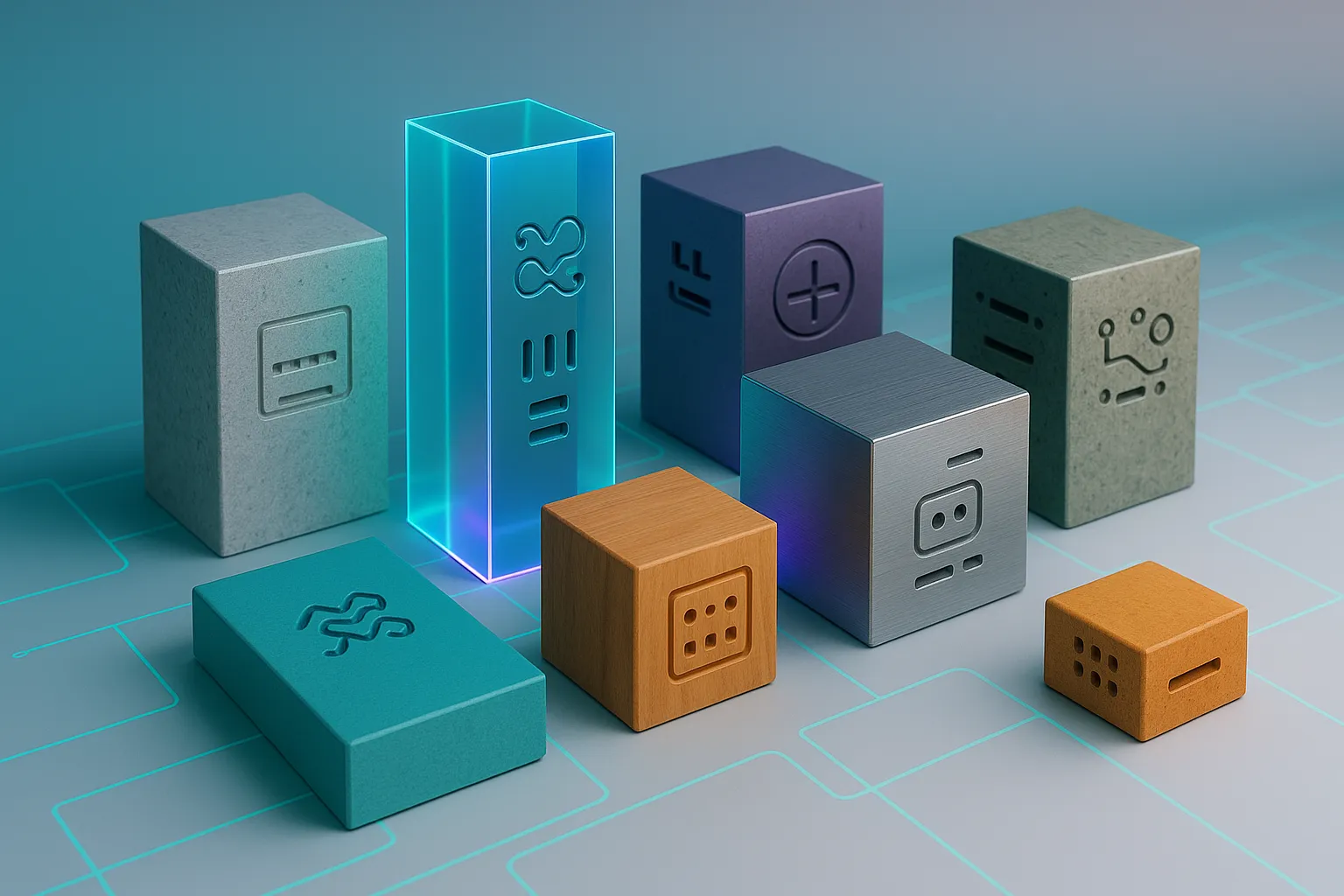IoT Device Remote Access (Easy Setup Guide)
Learn how to safely access and control your IoT device remotely over the internet using LocalXpose. A full guide for remote access to IoT devices from anywhere.

IoT, or the Internet of Things, refers to the interconnected network of physical devices that are equipped with sensors, software, and network connectivity. This enables these devices to collect and exchange data. From smart thermostats and smart appliances to systems like industrial control systems and self-driving cars, IoT covers a range of different use cases.
With the right solution in your corner, you can operate IoT devices remotely. This means users can control and monitor their devices from anywhere with an internet connection. In this guide, we will take a closer look at the concept of IoT remote access, including what it is, how it works, and the various ways in which users can access their IoT devices remotely.
Table of contents
- Can we operate IoT devices remotely?
- What is IoT remote access?
- How do I access my IoT devices remotely?
Can we operate IoT devices remotely?
Yes, it is possible to operate IoT devices remotely. Many IoT devices are designed with remote access capabilities built-in. This allows users to control and monitor their devices from anywhere with an internet connection. You can achieve this in many different ways, including through mobile apps, web portals, and even smart assistants like Amazon’s Alexa.
For instance, you can control and program a smart thermostat through a mobile app or a web portal, enabling you to adjust the temperature of your home from anywhere. In the same way, you can access and monitor a smart security camera remotely through a mobile app, allowing you to keep a close eye on your home or business from anywhere.
What is IoT remote access?
IoT remote access refers to the ability of users to control and monitor their IoT devices from a remote location. Depending on the device, you can do this through a variety of methods, including mobile apps, web portals, and smart assistants.
Users can access and control their devices from anywhere with an internet connection, removing the need to be physically present to make changes or monitor their devices. This is especially useful for devices that are difficult to access physically, such as industrial control systems or security cameras.
IoT remote access also allows users to monitor their devices in real time. This means they have the ability to quickly respond to any issues or problems that may arise. For instance, if a smart thermostat detects an issue with the heating system, it can automatically send an alert to the user’s phone, allowing them to address the problem remotely.
How do I access my IoT devices remotely?
There are several ways to access your IoT devices remotely, depending on the specific device and the manufacturer’s specific implementation. Some common methods include:
Mobile Apps
Many IoT devices come with a dedicated mobile app that allows users to control and monitor their devices from their smartphone or tablet. These apps are often available on both iOS and Android platforms.
Web Portals
Some manufacturers offer web portals that allow users to access and control their IoT devices from a web browser. These portals can be accessed from any device with an internet connection, including desktop computers, laptops, and tablets.
Smart Assistants
Some IoT devices can be controlled and monitored using voice commands through smart assistants like Amazon’s Alexa or Google Assistant. These assistants can be accessed through dedicated devices like the Amazon Echo or Google Home, or through compatible devices like smartphones and tablets.
Reverse Proxy Solution
Let’s consider an example of how you can configure port forwarding for your IoT device.
Imagine a situation where your IoT device has a web portal and listens on 8080/tcp and it is inaccessible through the internet. Only those on your local area network will have access to the IoT device.
LocalXpose will help you to achieve this. This is a reverse proxy solution
that allows you to expose your IoT device to the internet. From your terminal, you can tell
LocalXpose to forward any connections that come from the internet (on subdomain camera.loclx.io)
to your IoT device. The command will typically look something like the below:
./loclx tunnel http --subdomain camera --to localhost:8080A command like this will produce an address for you, such as https://camera.loclx.io, which you
can utilize outside your network to access your IoT device. Using IP whitelisting, LocalXpose’s
reverse proxy will help you grant access to certain IP addresses, making it clear that only those
you authorize are able to access your IoT device.
Are you ready to get started? Start using LocalXpose’s reverse proxy solution today.